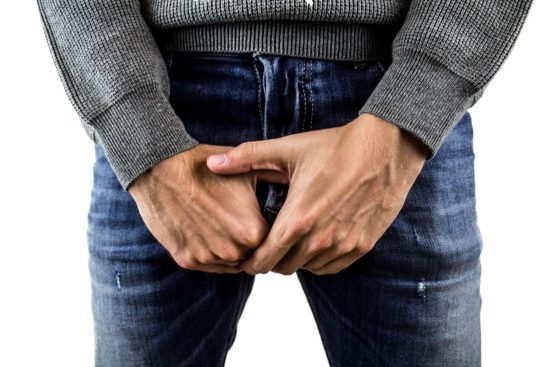Gonococcal antimicrobial susceptibility surveillance in the EU/ EEA
In 2022, the European Gonococcal Antimicrobial Surveillance Programme (Euro-GASP) conducted an annual decentralised and centralised testing model, collecting gonococcal isolates from 23 EU/EEA countries. The majority of specimens were from male patients (80.9%), aged between one and 75 years. The anatomical sites of specimen collection were mainly genital (69.0%), followed by rectal (17.8%) and pharyngeal (12.0%). The 2022 Euro-GASP results revealed a total of 0.3% of gonococcal isolates with resistance to cefixime (MIC>0.125 mg/L). The European Committee on Antimicrobial Susceptibility Testing (EUCAST) clinical resistance breakpoint for azithromycin was replaced with an epidemiological cut-off (ECOFF) value of MIC>1 mg/L in January 2019. The proportion of isolates showing resistance to ciprofloxacin substantially increased, reaching 65.9% in 2022 compared to 62.8% and 2020 (57.7%). The European treatment guideline was updated in 2020 to recommend high-dose ceftriaxone plus azithromycin dual therapy or ceftriaxone high-dose monotherapy. Despite the decrease in cefixime resistance, it is crucial to monitor and develop alternative gonococcal regimens to ensure gonorrhoea remains a treatable infection.
AMR NEWS
Your Biweekly Source for Global AMR Insights!
Stay informed with the essential newsletter that brings together all the latest One Health news on antimicrobial resistance. Delivered straight to your inbox every two weeks, AMR NEWS provides a curated selection of international insights, key publications, and the latest updates in the fight against AMR.
Don’t miss out on staying ahead in the global AMR movement—subscribe now!







